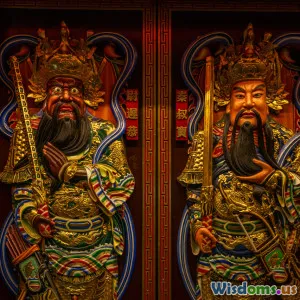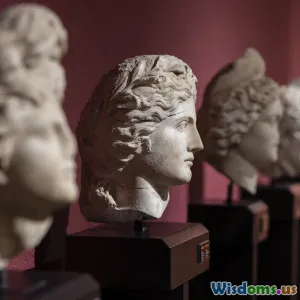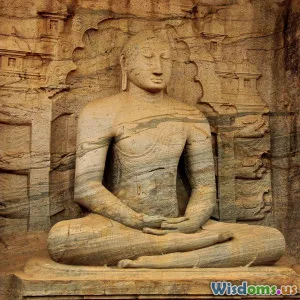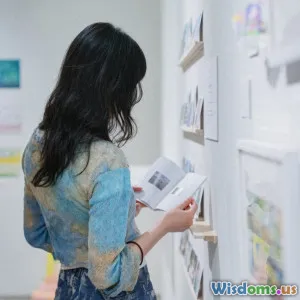
Why Tengu Appear in Contemporary Japanese Artworks
16 min read Explore why Tengu, mythical creatures, continue to inspire contemporary Japanese artists and reflect modern cultural themes. (0 Reviews)
The Renewed Flight of Tengu: Their Contemporary Resonance in Japanese Artworks
Every nation’s collective imagination is shaped by myths, figures, and creatures that not only haunt the past but glide unexpectedly into the present. In Japan, the Tengu—audacious bird-like beings of legend—have found surprising new lives on the canvases, screens, and sculptures of 21st-century creators. Why do these mythic tricksters, long associated with mischief and mystique, still populate the visual arts today? Let’s explore their symbolic evolution, current manifestations, and enduring allure for artists and audiences alike.
Tengu: From Mountain Spirits to Modern Muses
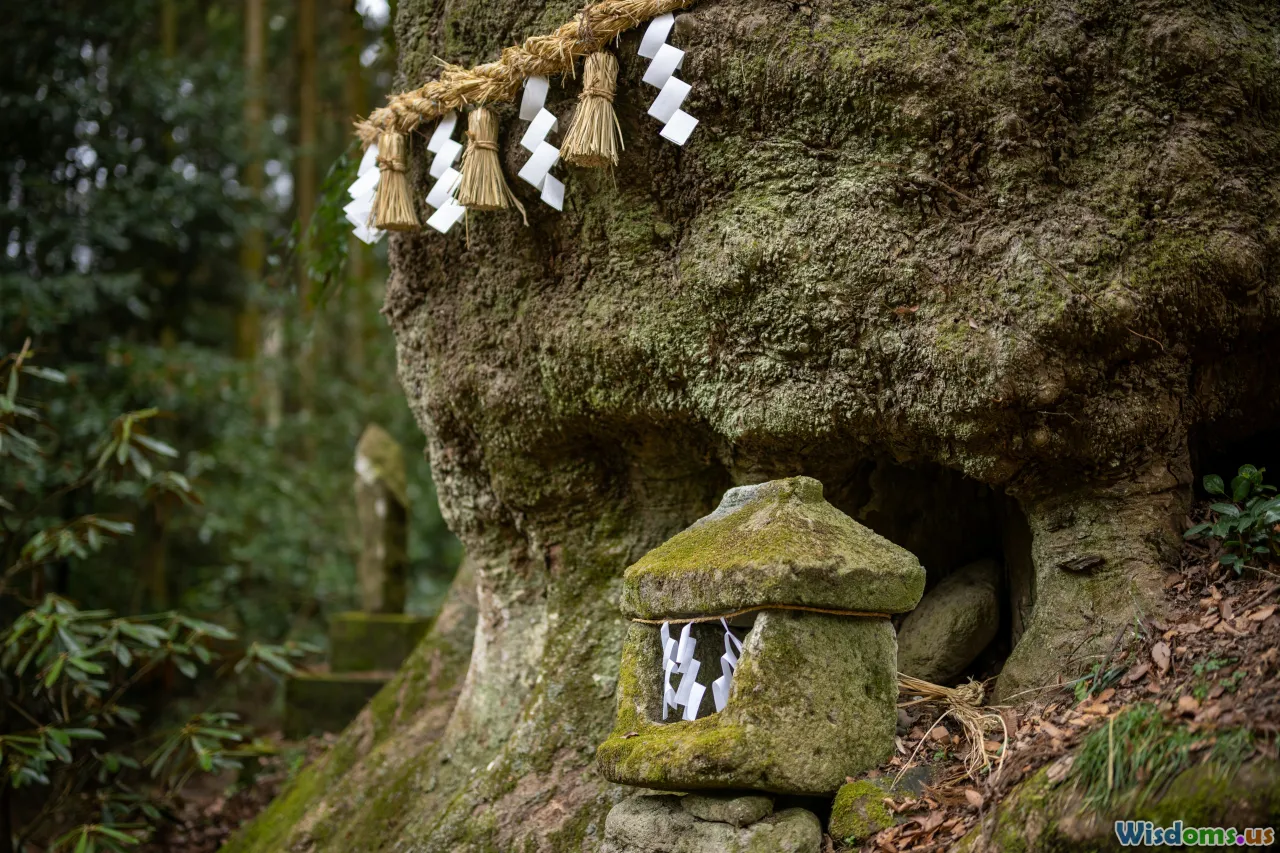
For centuries, Tengu have fluttered along the boundaries of Japanese lore. Traditionally depicted with red faces and elongated noses, or as crow-headed humanoids ('karasu-tengu'), their origins lie in mountaintop myths—spirits said to both guard and taunt wayward travelers. Once feared as omens of calamity, Tengu gradually took on the roles of both punisher and protector in regional storytelling.
This ambivalent reputation lent itself to artistic interpretation. In Edo-period woodblock prints, Tengu were painted as cautionary figures, acting as stern teachers to wayward monks. Scrolls depict their raucous gatherings atop cedar-lined peaks, cloaked in mysterious garments. Early Japanese art thus positioned the Tengu as creatures to invoke social norms, thus tying folklore intimately to visual culture.
In the 20th and 21st centuries, however, Tengu emerged from these ancient forests onto the bustling stages of urban and pop art forms. Today, they're less ominous spirit and more fascinating muse.
Tengu as Symbols of Resistance and Individualism
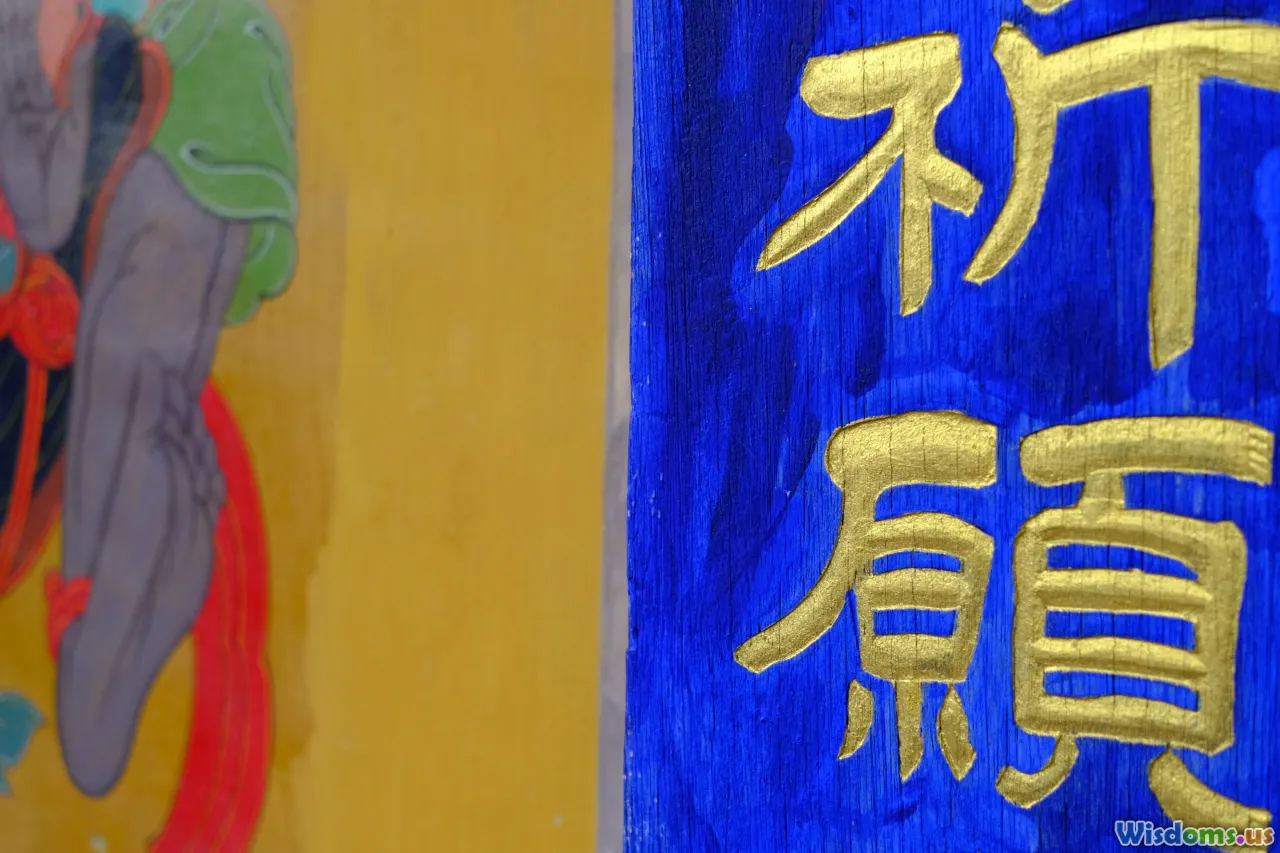
Contemporary Japanese artists frequently imbue Tengu images with themes of nonconformity. In many depictions, the exaggerated noses and fierce countenances of Tengu function as visual cues for defiant individuality.
For example, Takao Yamamoto, a modern surrealist, occasionally features Tengu as solitary figures atop city rooftops, visually reimagining them as guardians against suffocating uniformity. His 2018 lithograph series places Tengu amid urbanized backgrounds, explicitly juxtaposing age-old folklore with present-day grey conformity. Through Yamamoto's eyes, the Tengu becomes both dissenter and outsider—a symbol as timely today as it was centuries ago.
Similarly, in street art found in Tokyo’s Koenji and Shimokitazawa neighborhoods, contemporary muralists turn to Tengu imagery to signal resistance to commercial gentrification and social rigidity. The Tengu’s wildness resonates with subcultures—punk musicians, indie designers—who wield the creature like a banner against mainstream pressures. Their presence in activist art is both homage and weapon; a visual declaration of freedom and independence.
Pop Culture Revivals: Manga, Anime, and Video Games
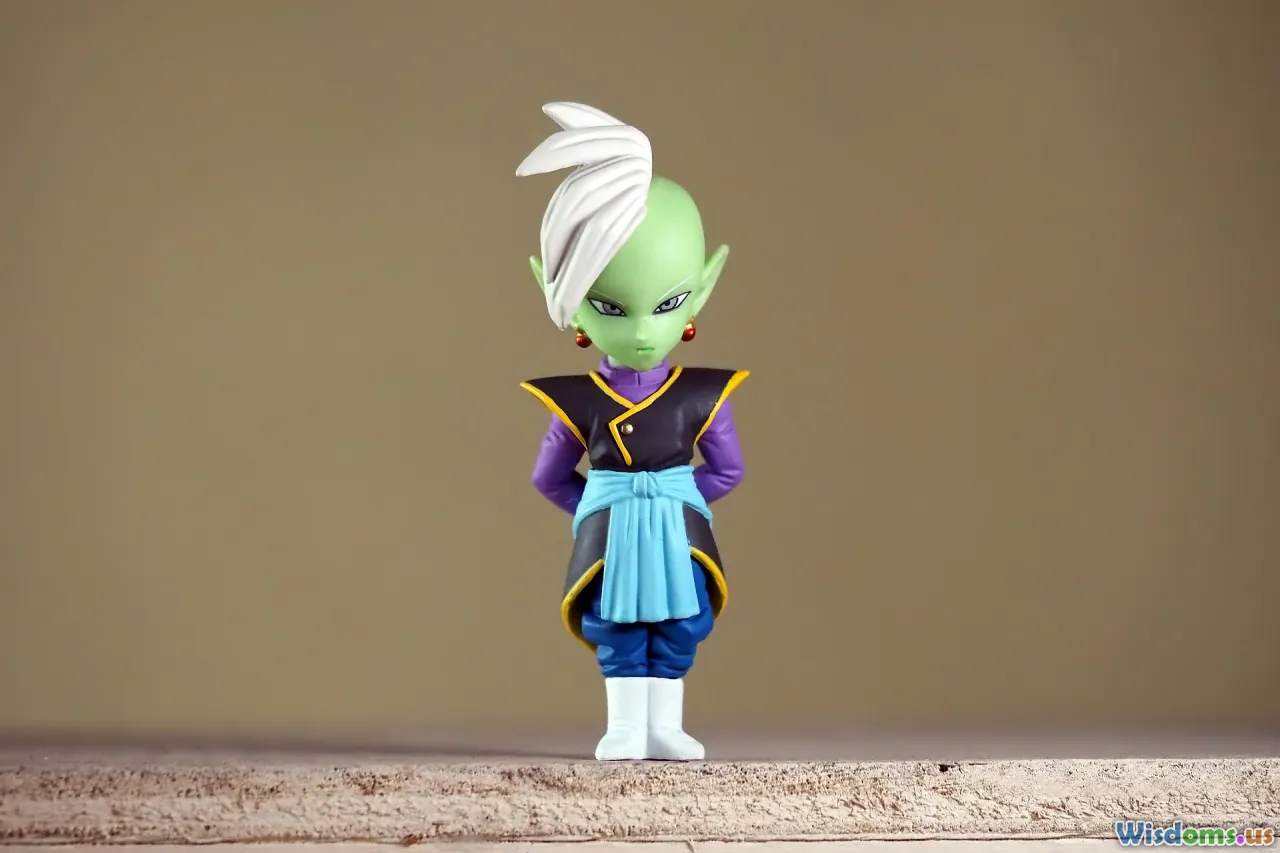
Today’s creative resurgence owes much to the mass appeal of manga, anime, and gaming—domains where Tengu motifs reinvent themselves over and over again.
Consider "Karasu-Tengu Kabuto," a manga and anime series from the late 1980s, which cast its Tengu protagonist not only as a supernatural being but as a heroic figure. Recent blockbusters like "Naruto" feature characters inspired by Tengu iconography, most notably the famed mask of the antagonistic Uchiha Madara, echoing the avian beak and crimson skin.
In video games, Tengu appear as memorable bosses or mystical allies. The "Nioh" franchise, for example, offers Tengu as powerful yokai, blending faithful folklore with dark reimaginings for new generations. Indie titles, such as the award-winning "Tengami," deploy Tengu tropes combined with origami-inspired art styles, drawing international attention to the mythos.
This transmutation in reimagined pop culture not only revives Tengu for global audiences but cryptically links modern anxieties—social displacement, the enigmatic role of outsiders—to a lineage much older than Twitter.
Gender, Identity, and Boundary-Pushing: Tengu as Agents of Change

In the avant-garde art world, artists have latched onto Tengu to probe questions of gender, fluidity, and the ambiguity of identity. Historically depicted as overwhelmingly male, recent works bend these norms, using Tengu features as commentary on how society defines and excludes the “other.”
Artist Wataru Yamamoto’s 2021 mixed-media installation—featuring a human-sized, androgynous Tengu mask suspended over a mirrored floor—invites viewers to contemplate their own reflections and how social labels are both donned and discarded. The piece, which stirred conversations at the Mori Art Museum, signals a larger artistic shift towards exploring marginalized perspectives through folkloric symbols.
Similarly, photographers like Arisa Sano utilize Tengu masks in surreal fashion editorials, blurring lines between traditional male/female roles, and challenging both gender binaries and cultural archetypes. The uncanny yet oddly familiar Tengu visage thus becomes a tool for representing society’s shifting boundaries.
Regional Identity and Tourism: Tengu as Cultural Ambassadors
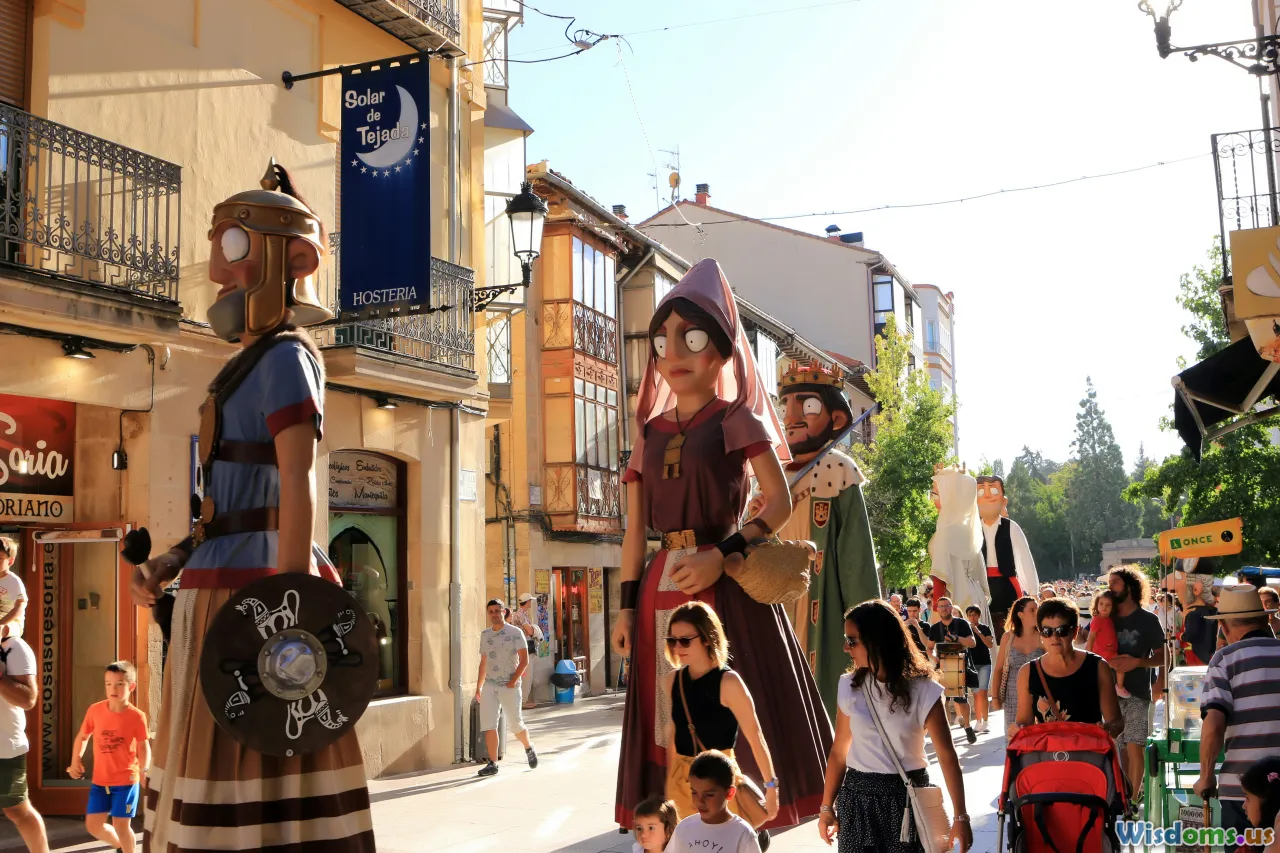
Traveling beyond the urban art scene, Tengu also serve as colorful ambassadors for local identity around Japan. Many towns and mountain areas with ancient ties to the myth today use Tengu statues, murals, or motifs to highlight unique heritage, drive tourism, and foster community pride.
For example, Mount Takao near Tokyo takes special pride in its Tengu legacy. There, sculptures and festival banners are adorned with their likeness each autumn during Tengu-matsuri, combining traditional Shinto rites with modern parades and costumed pageantry. Nearby, contemporary sculptors collaborate with local artisans to produce limited-edition Tengu figurines, blending woodcraft with pop-inspired aesthetics.
The city of Kurama, just outside Kyoto, hosts similar celebrations. Artists are invited to reinterpret Tengu for trail markers and public installations, with striking results: a recent installation featured a flock of vibrant, origami-style Tengu perched on the bridge to the Kurama-dera temple, each symbolizing the protective spirits of local legend layered with regional craftsmanship.
Regional brand campaigns, tasting rooms for sake, and local Pokémon Go tours also leverage Tengu iconography, infusing the imagery with both economic and cultural strength. Here, art meets community, and myth becomes a living, evolving presence with broad civic appeal.
Innovative Materials and Mediums: Tengu Across Artistic Frontiers
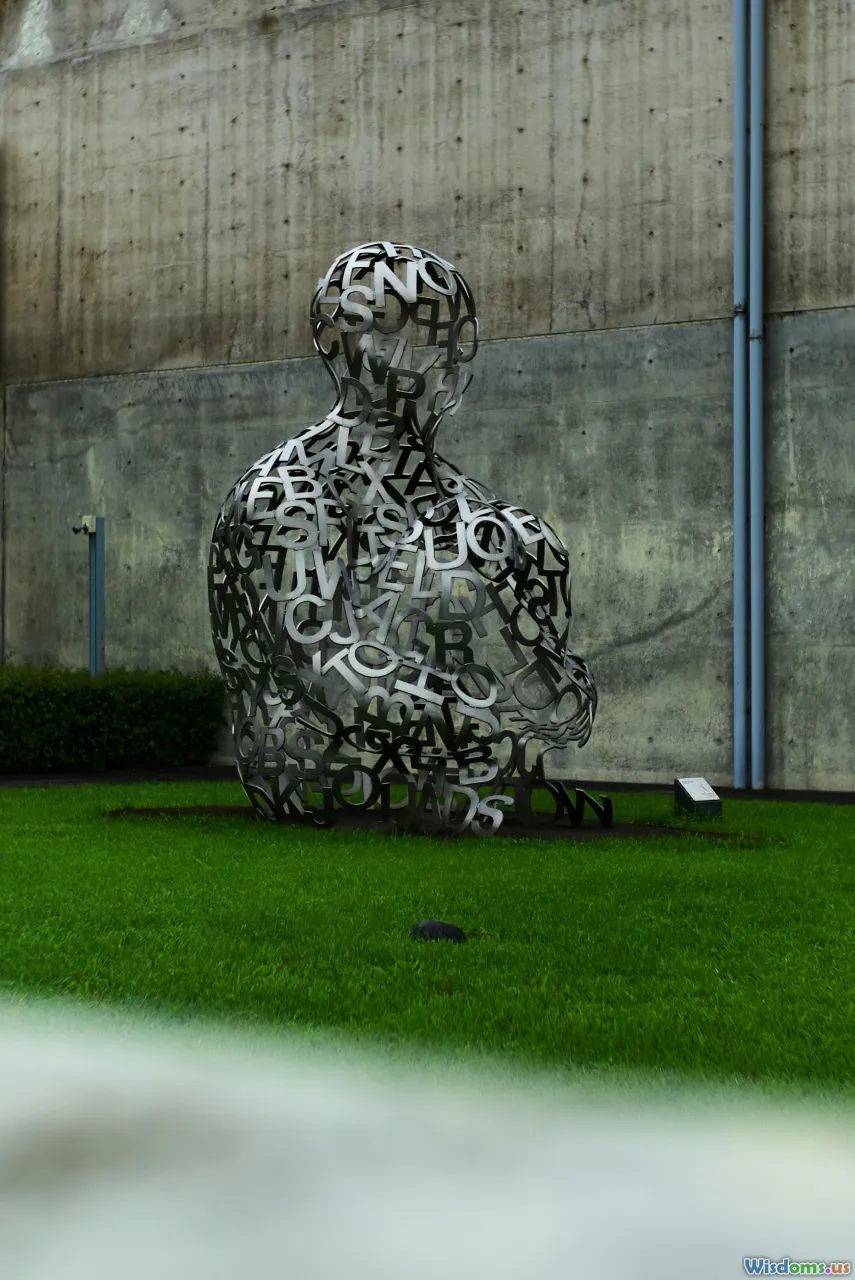
The marriage of ancient imagery and tech-forward technique is nowhere more evident than in the materials used by today’s artists.
In the hands of glassblowers such as Shizuka Matsuoka, the Tengu mask is reinterpreted—no longer carved from heavy wood, but rendered weightless and iridescent, evocative of both tradition and transcendent possibility. Interactive installations utilize augmented reality (AR) to bring digital Tengu to life as guides or guardians, haunting museums or public parks.
Recent exhibits at the National Museum of Modern Art in Kyoto showcased collaborations between robotics engineers and visual designers: AI-guided Tengu busts that change color or expression in response to visitors’ emotional readings, utilizing facial recognition technology. Such futuristic installations echo the trickster nature of Tengu myths, blurring boundaries between animate and inanimate, past and future.
Even ephemeral arts—from projection mapping on shrine gates to temporary graffiti by guerilla artists—leverage Tengu features as both motif and digital experience, inviting broad audiences to re-engage with Japan’s mythic past.
Globalization and the Export of Myth
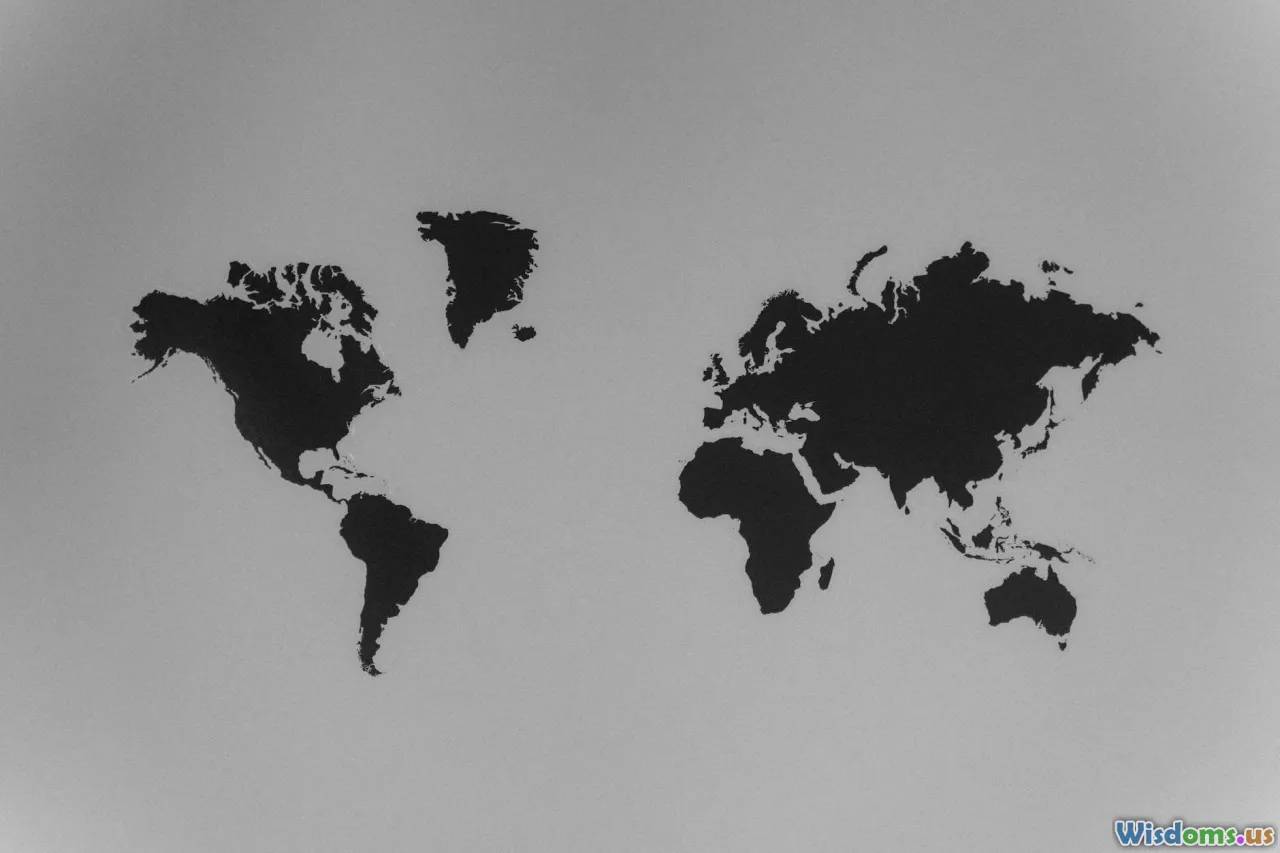
Perhaps one of the most intriguing phenomena is the global spread of Tengu images in creative circles. As Japanese art, anime, and graphic novels enjoy soaring international fandoms, Tengu motifs are recast far beyond their home mountains.
Tattoo artists from Berlin to Buenos Aires increasingly ink Tengu visages alongside dragons and koi, fusing Japanese tradition with local flair. Contemporary illustrators—such as Junji Ito acolytes and students from American art schools—adapt Tengu for everything from European comic books to digital stickers, reshaping the beings to suit new audiences.
Museums such as the British Museum in London and the Asian Art Museum in San Francisco feature Tengu masks and mixed-media installations in themed exhibitions on Japanese supernatural art. Scholars note that these works, while sometimes removed from precise original context, carry forward the universal qualities of mischief, transformation, and resilience, making Tengu ideal figures for cross-cultural dialogue.
Cosplay, too, has become an unexpected bridge; Tengu costumes appear at conventions from Paris to Sydney, introducing yet another generation to this storied mythical figure. Every interpretive twist re-affirms the dynamic relationship between myth and modern artistry.
Why Artists Continue Returning to Tengu Imagery

At the heart of this enduring phenomenon is the ongoing artistic quest for symbols that are both rooted and malleable. Tengu provide precisely this: a motif heavy with historical resonance, yet loose enough to allow playful subversion or reinterpretation.
Visual storytellers cherish Tengu for several reasons:
- Ambiguity: Their duality—as both protectors and tricksters—mirrors the complexities of human experience, offering rich metaphorical ground.
- Visual Power: The striking masks, feathered wings, and exaggerated features offer instantly understandable iconography, easily adapted to every medium.
- Rebellion: The Tengu love of transgression attracts artists eager to critique hierarchy, tradition, or authoritarianism.
- Cultural Link: Rooting new expressions in recognizable myths allows Japanese artists to converse both with heritage and contemporary social currents, embedding critical dialogue within popular works.
In essence, Tengu offer one of art’s most treasured delights: the ability to say something old, yet mean something entirely new.
Bringing Tengu into Your Own Creative Practice

For those inspired to incorporate Tengu motifs into their own creative journey, the options are nearly endless. Here are some practical starting points:
- Mask-Making Workshops: Many Japanese cultural centers offer lessons in Tengu mask crafting, bridging hands-on technique with cultural background. Whether using papier-mâché, wood, or digital 3D models, crafting a mask can offer both artistic challenge and historical context.
- Sketching and Illustration: Try starting with the basic red-faced, long-nosed form, then develop a personal twist—modern clothing, sci-fi gadgets, or hybrid animal features. Art contests themed on yokai (spirits) are increasingly popular online.
- Digital Collage and Animation: Utilize free resources from museum archives or open-source mask images; remix Tengu motifs into GIFs, AR experiences, or interactive game levels.
- Storytelling and Writing: Tengu are as vibrant in prose as in pictures. Experiment with short stories, poetry, or scripts centering on these tricksters transplanted into modern worlds—rebellious teenagers, enigmatic mentors, or high-tech hackers.
The lesson from countless artists: Innovation flourishes best when connected to deep roots. Tengu imagery is a perpetual platform for creative exploration, critique, and invention.
From mountaintops to subway murals, digital canvases to tattoo parlors, the flight of the Tengu continues—ever-morphing, ever-enchanting. In the hands of Japan's contemporary artists, these ancient figures do not fade into myth but take dazzling new form. Whether as rebels, sages, icons, or ambassadors, Tengu remain vital: confronting the modern with the wisdom and wildness of ages past.
Rate the Post
User Reviews
Other posts in Japanese Mythology
Popular Posts











